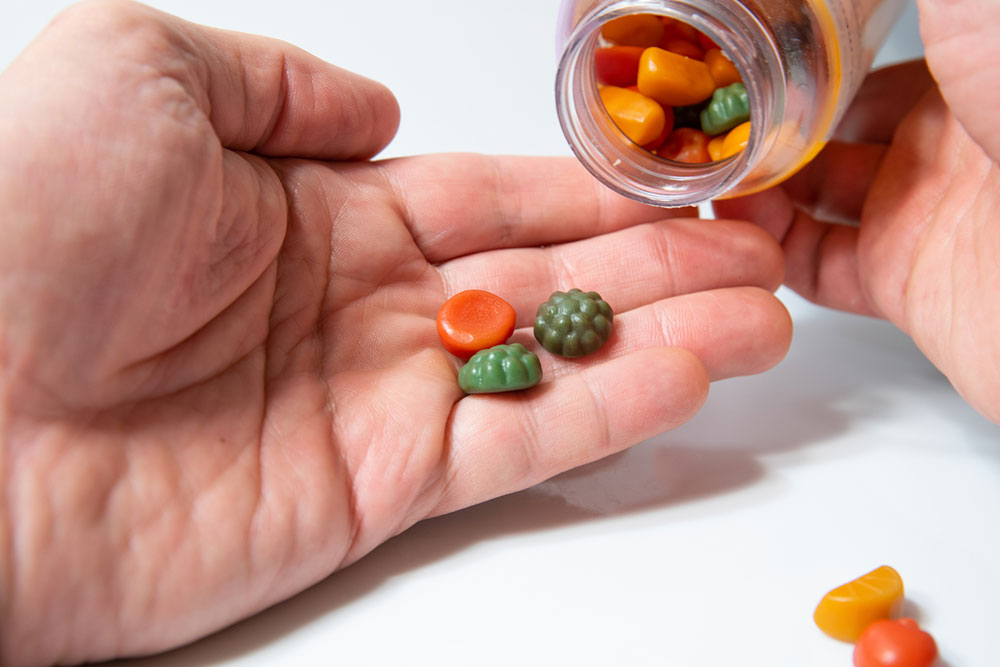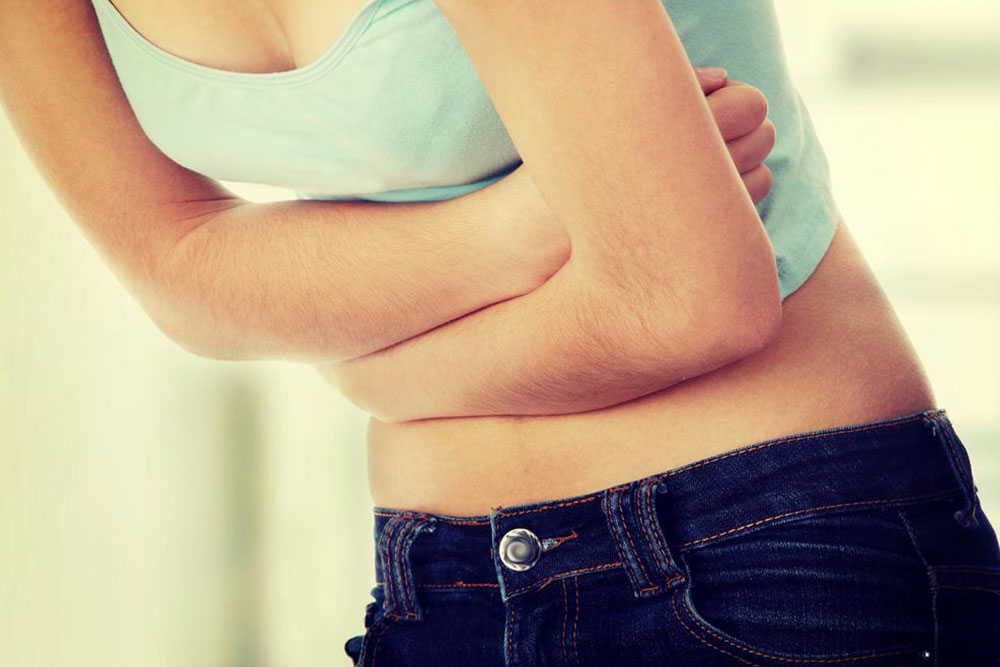Ketogenic diet for a fatty liver
The main objective of a ketogenic diet is to bring the body system into a state of ketosis. Ketosis is a normal metabolic process. The process of burning the stored in the body when the body does not have enough glucose for energy. This results in build-up of acids called ketones in the body.
Ketogenic diet is a low carb diet. The main difference between a ketogenic diet and a regular low carbohydrate diet is the amount of carbohydrates and proteins that you are allowed to take on a daily basis.

Ketogenic diet consists of 60-655% of calories from fat, 30-35% from protein and the rest remaining from carbohydrates again. A ketogenic diet helps in reducing hunger pangs.
A fact here to note is fats do not have any effect on insulin and blood sugar levels if taken in limited quantities. Overeating protein can however will get converted into glucose (sugar), which will increase the insulin levels. Thus, the body will not be able to burn fatty acids.
Getting started with Ketogenic diet
The very first step towards starting a ketogenic diet is doing a proper research. Get a book that clearly explains how a ketogenic diet works. Ketogenic diets are very powerful metabolically. So, make sure you understand everything that is going to happen when the carbohydrate intake drops.
Get a carb counter guide that helps you learn and remember the carb counts for the food you eat on a daily basis. When on a ketogenic diet it is very important for you to carry it out correctly.
When searching for packed food products that are intended for a ketogenic diet, make sure that you check the serving size. For instance, if a cup of yogurt mentions 15 carbs per serving and if the yogurt has 2 servings then the total carb count increases to 30 carbs.
Some low carb vegetables include bell peppers, broccoli, cucumbers, cabbage, cauliflower, spouts and summer squash. Some super foods that are also low carb are leafy green vegetables like spinach and kale. Onion and garlic adds flavor to the meals and are also an essential ketogenic diet components.
A ketogenic diet plan is not a special diet and it does not require any special foods. Vegetables and other food products that are easily available are needed to be consumed in their natural state.




